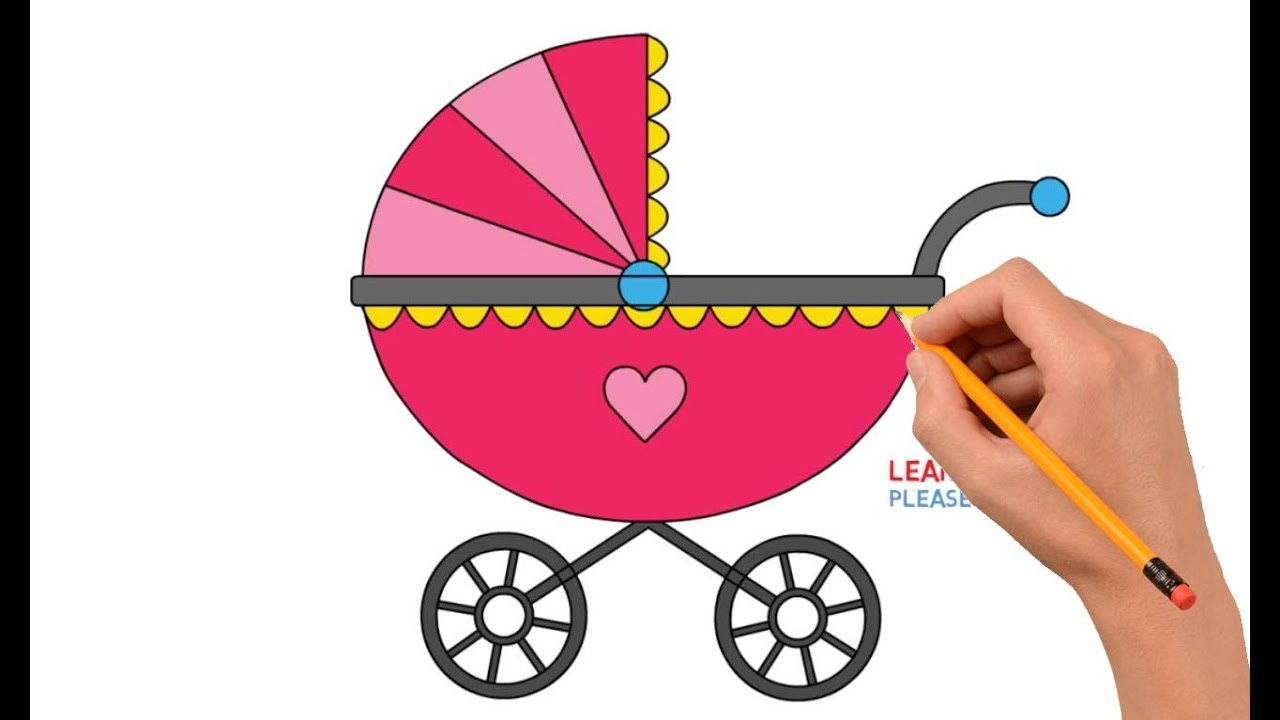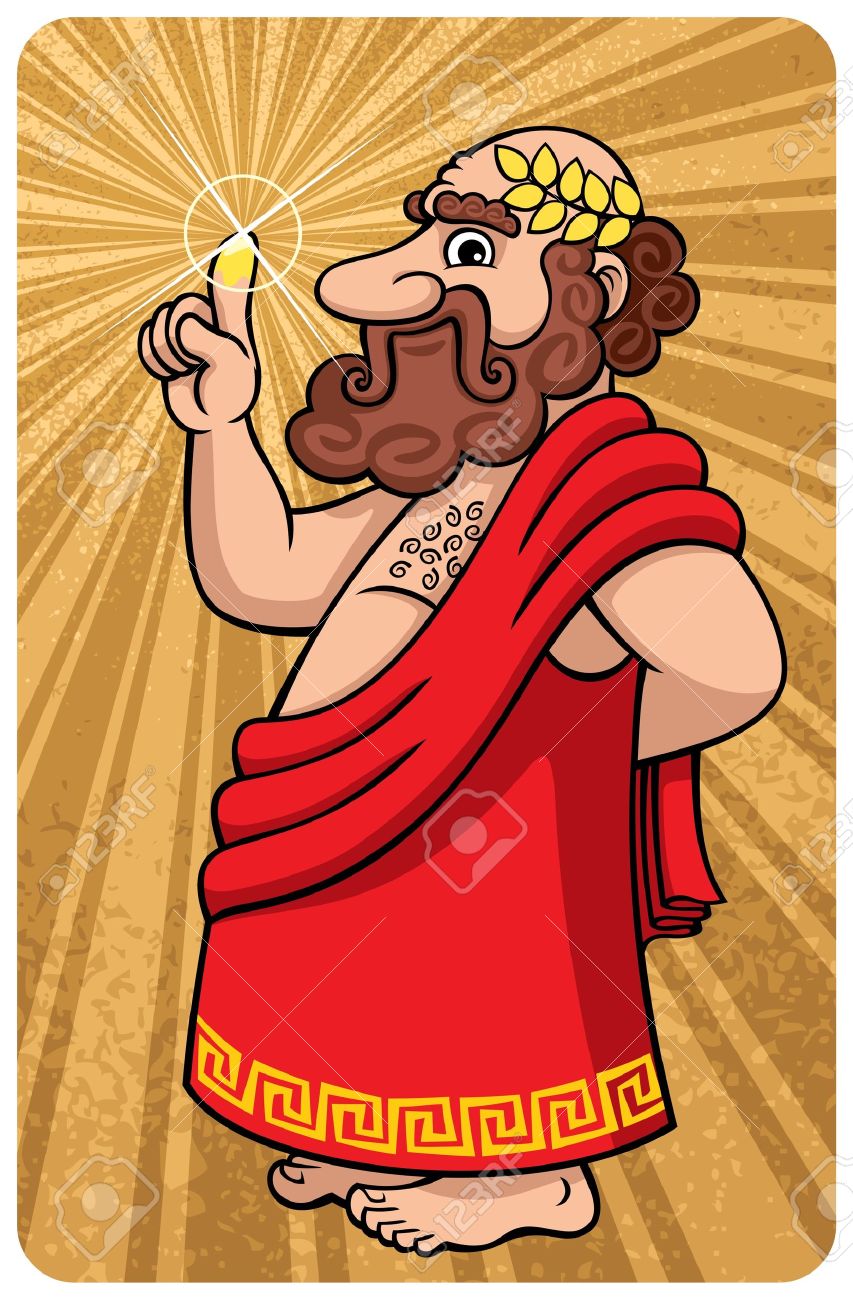Draw different types of leaves how to draw realistic leaves
Table of Contents
Table of Contents
Drawing different types of leaves can seem like a daunting task, but with the right techniques, it can be a fun and enjoyable experience. In this blog post, we will explore the different types of leaves and how to draw them in a way that is easy and effortless. So, whether you’re an art enthusiast, hobbyist or just someone looking to explore your creative side, this post is for you.
Pain Points
Many people struggle with drawing different types of leaves because they find the process complicated and overwhelming. It can be challenging to capture the essence of each leaf, and often people get stuck on the details, leaving them feeling frustrated and discouraged. It’s easy to see why knowing how to draw different types of leaves can seem like a difficult and unapproachable task.
How to Draw Different Types of Leaves
The key to drawing different types of leaves is to break them down into simple shapes and focus on the overall structure. Start by observing the shape and size of the leaf you want to draw, notice the vein patterns, and pay attention to the edges. Using a light pencil, sketch out the outline of the leaf, and then add details like veins, serrated edges, and any other unique features. Once you have your base sketch, you can then start to add shading and texture to bring the leaf to life.
Main Points
In summary, when it comes to drawing different types of leaves, it’s essential to start by breaking them down into simple shapes, focusing on the overall structure, and then adding in the details. Different techniques, such as shading and texture, can enhance the leaf’s appearance, making it more realistic and lifelike. Keep practicing and exploring different techniques until you find what works best for you.
The Importance of Practicing
Practice is vital when learning how to draw different types of leaves. As with anything else, practice makes perfect. The more you draw different types of leaves, the more comfortable and confident you’ll become. Whether you’re a beginner or an experienced artist, practicing your drawing skills will help you grow and develop your artistic abilities.
Different Techniques for Drawing Leaves
There are various techniques you can use to draw different types of leaves. Some popular methods include pencil sketching, ink drawing, and watercolor painting. Each method has its unique benefits and challenges, so experiment with different techniques to find what works best for you.
Pencil Sketching
Pencil sketching is a popular technique for drawing different types of leaves. It’s a simple and straightforward technique that involves using pencils of different grades to create a range of values and textures. Start by lightly sketching out the basic shape of the leaf, and then gradually build up your shading and textures using a range of pencils from hard to soft.
Ink Drawing
Ink drawing is a technique that involves using pens or brushes to create bold and striking lines. It’s an excellent way to capture the intricacies of different types of leaves, such as delicate veins and serrated edges. Start by sketching out your leaf using a pencil, and then go over it with a pen or brush, adding in the details and textures as you go.
Question and Answer
Question 1:
Do I need to be good at drawing to draw different types of leaves?
Answer:
No, you don’t have to be an expert artist to draw different types of leaves. Anyone can learn how to draw them with a little bit of practice and patience.
Question 2:
Is it better to use a reference image when drawing leaves?
Answer:
Yes, using a reference image can be extremely helpful when drawing leaves. It allows you to observe the leaf’s shape, size, and other unique features, making it easier for you to capture its essence.
Question 3:
What types of pencils should I use when pencil sketching?
Answer:
When pencil sketching, it’s best to use a range of pencils from hard to soft. A hard pencil, such as an H or 2H, is ideal for sketching out your initial lines, while a softer pencil, like a B or 2B, is better for shading and adding texture.
Question 4:
What are some common mistakes people make when drawing leaves?
Answer:
Some common mistakes people make when drawing leaves include focusing too much on the details and neglecting the overall structure, using too much pressure when sketching, and not adding enough shading and texture to create a realistic appearance.
Conclusion
Drawing different types of leaves can seem like a daunting task, but with the right techniques and practice, it can be an enjoyable and rewarding experience. Remember to start by breaking down the leaf into simple shapes and focus on the overall structure. As you become more confident in your abilities, try experimenting with different techniques, such as pencil sketching, ink drawings, and watercolor painting. So grab a pencil, paper, and start exploring the wonderful world of leaf drawing.
Gallery
How To Draw Different Types Of Leaves - Drawing Easy

Photo Credit by: bing.com / different types leaves draw easy leaf steps
Leaf Drawing Step By Step Tutorial, 10 Easy Doodle Ideas! - Smiling Colors

Photo Credit by: bing.com / leafs smilingcolors doodling start realistic shading freestyledrawing siterubix
Draw Different Types Of Leaves, How To Draw Realistic Leaves - YouTube

Photo Credit by: bing.com / leaves drawing types different draw realistic drawings any diagram paintingvalley
How To Draw Different Types Of Leaf | Different Types Leaf Drawing

Photo Credit by: bing.com / leaf
6 Easy How To Draw A Leaf Tutorials With Leaf Drawing Video And

Photo Credit by: bing.com / artprojectsforkids scarecrow positions





